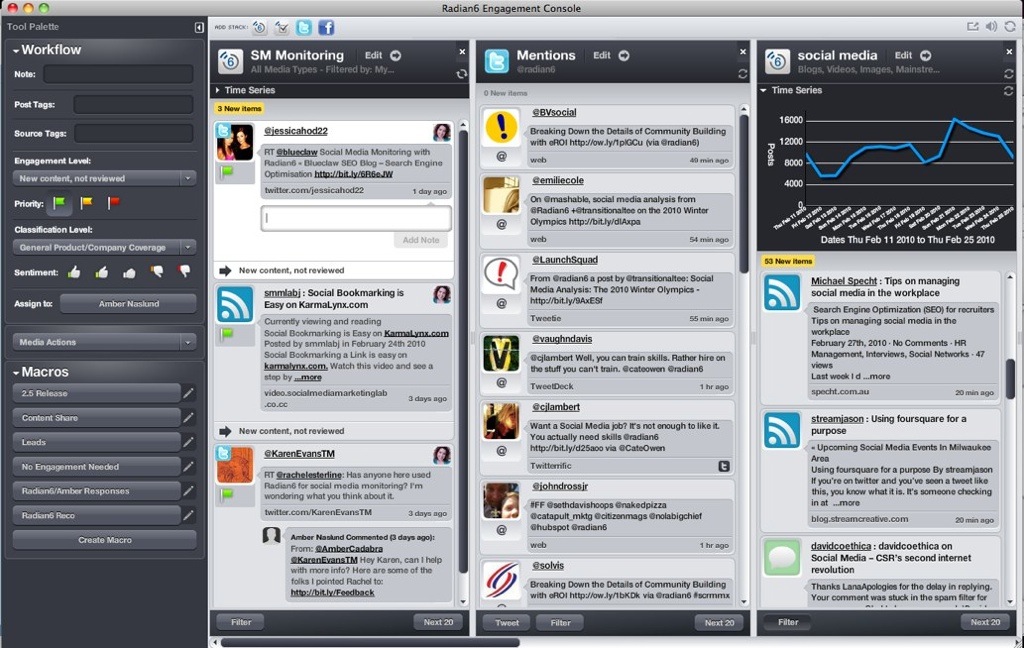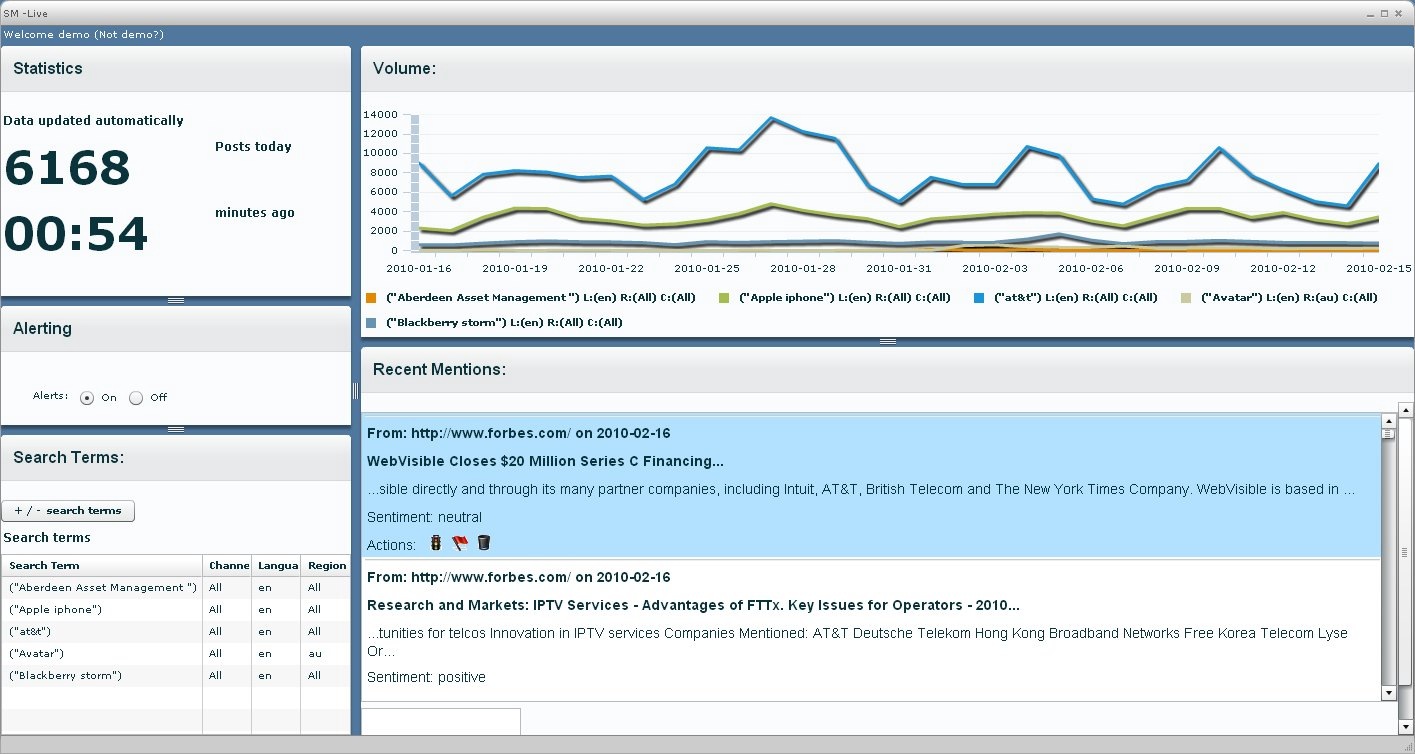I've tried a lot of different platforms for monitoring and measuring social media in the last few months. Somewhere in the middle of the project, I realized that new users of these systems face not one, but two learning curves. The obvious one—learning the software itself—is the easy part.
Get new software, and you'll spend some time figuring out the features and user interface. That much is obvious. Some vendors try harder than others to make their social media analysis platforms easy to use, but none of them are all that hard to understand.
Compared to other software products most of us have learned, these systems don't really have many features. Refuse to be intimidated, and you can figure it out.
Getting analytical
The more challenging learning curve for the new user is in using the tool appropriately—developing the analytical mindset to find meaning in the data. It's easy to fixate on the default charts that virtually every tool provides, but the interesting stuff only starts to happen when you go deeper into the data. On a checklist level, that means developing an understanding of:
- Queries and topics
Most platforms use Boolean logic to find relevant content for analysis. Some use the same method to define subtopics, such as competitors or industry trends. Know what the topic does—and doesn't—cover. - Analysis and metrics
The usual list of available analyses is generally short. but it's important to think about how the numbers are calculated and what they mean in a given context. - Filters and more queries
Most platforms allow users to focus on subsets of the data, either by clicking on charts or by selecting filters based on metrics or new queries. Filters and queries can lead to useful information, but it's important to understand what applying a particular set of filters to the data tells you.



